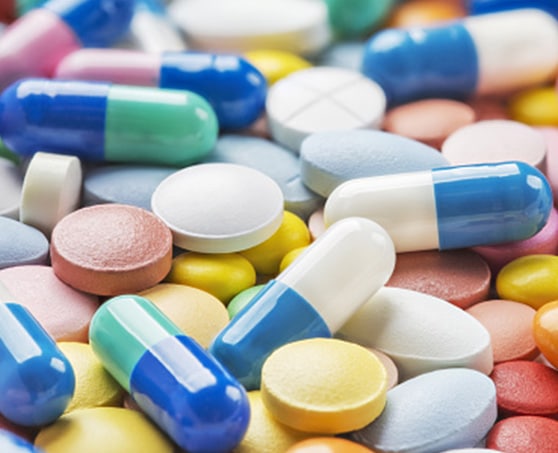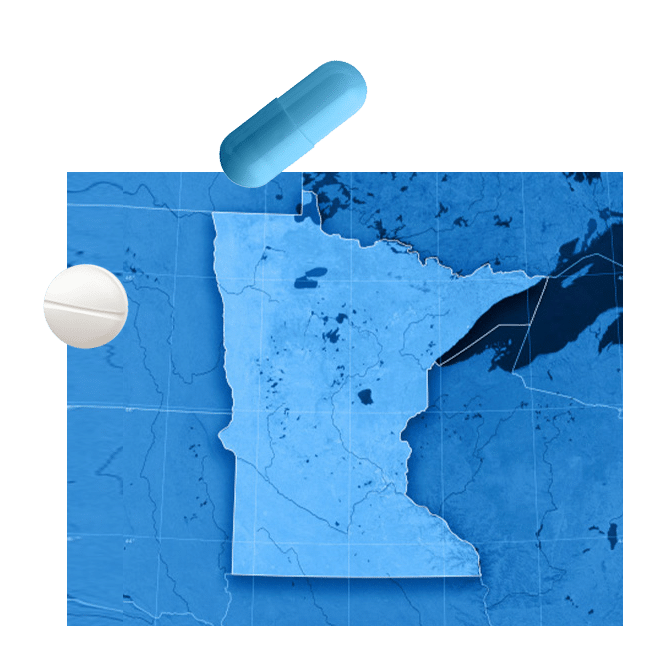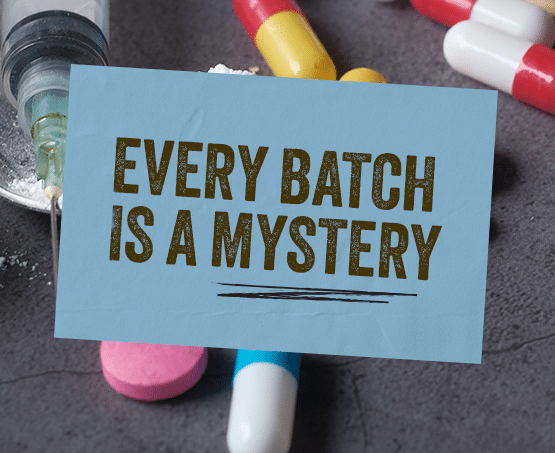An opioid overdose requires immediate medical attention. Call 911 immediately if you or someone you know exhibits any of the symptoms.
×
- Substances
- Dangers
- Naloxone
- Community Care
- How to Help
- Road to Recovery
- Videos
- About Us
- Resources
An opioid overdose requires immediate medical attention. Call 911 immediately if you or someone you know exhibits any of the symptoms.
Opioids, which include prescription painkillers and illegal drugs like heroin, and synthetic opioids, like fentanyl, are highly addictive substances that can lead to severe physical and psychological dependence. Unprescribed opioids and counterfeit pills pose significant dangers to individuals and communities alike. In Minnesota, the flood of opioids and counterfeit pills has killed over 1,000 Minnesotans in 2022 alone.


Minnesota is known for its wealth of diverse communities, but there are many ways in which an issue like opioid abuse can undermine basic health equities. Moving beyond presumption and stigma allows us to recognize fresh ideas and solutions, shaping a healthier, more equitable future for all.
Today, you’d be hard-pressed to find “pure” drugs on the street – from heroin to meth or cocaine, it’s all cut with inexpensive but powerful synthetic drugs such as fentanyl. The same is true for counterfeit pills. Almost overnight, “party drugs” have become potentially lethal. Now, it’s up to each of us to know the dangers.

Resources
Know the Substances
Learn More
Resources
Know the Dangers
Resources
Know the Resources
Learn More
Resources
Know the Facts
Learn More
Resources
Know the Signs
Learn More
Resources
Know the Resources
Learn More
Resources
Know the Stories
Learn More
Resources
About Know the Dangers
Learn More
Resources